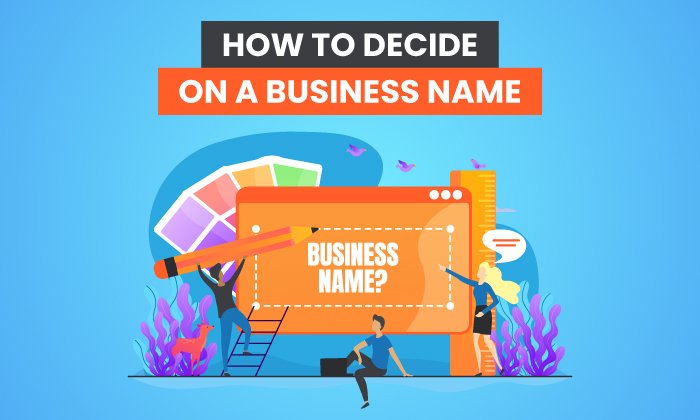Closing Your Business
Closing Your Business
People want to keep their business open. But sometimes, the time comes when it’s better to shut things down than see them slowly dwindle. Worse yet, you may not have any choice: You can’t avoid foreclosure if you don’t have a mortgage and an investor who doesn’t want his project to fail.
Closing your company is a complex process, but there are ways around it that will make things easier for your employees, too.
As a small business owner, you may not need to close your business, but if you’re selling or licensing your idea to someone else, you will
A company closure usually happens because of pending financial issues (like an investor pulling out) or external factors like market changes or changes in ownership structure.
In most cases, you’ll need to take a few steps to close your business. Make sure to follow these steps. Your company could be liable for future legal issues if you don’t.
“The biggest mistake people make is assuming that a company can be closed just by doing one or two things,” says Dr. Jordan Sudberg, “It’s essential to follow things through.
And if there are some things that you don’t want to do, like firing employees or reorganizing the company, again, it’s essential to follow through.”
Step 1: Do a quick inventory of your physical documents and records.
“Your first step is to do a quick inventory of your documents,” Sudberg says. “What are the forms you must fill out, and what are the legal obligations you have to meet?
Make sure that you can satisfy those obligations.
Understanding and honoring contractual obligations. If you’re selling or licensing your business, only sign contracts if you fully understand them and know how they’ll affect you in the future.
Step 2: Make any necessary legal changes.
If you’re selling or licensing your company, make any necessary changes to the company’s legal status.
Step 3: Finalize your employees’ financial agreements.
It would be best if you made sure that all employees have enough money to cover their expenses and benefits at the time of closure.
Step 4: If you won’t be taking any new clients, put a notice on your website and send out a final email to customers.
Step 5: If you’re keeping the business open, ensure you’ve covered the necessary legal obligations.
Step 6: If selling or licensing your company, make changes to the legal contract.
Step 7: Complete all your financial tasks (like paying suppliers or debtors what they’re owed).
Step 8: Pay off any outstanding debts
Step 9: Close your business.
You can close your business yourself or have a lawyer or accountant (depending on the type of company you have) do it for you.
Step 10: If you have to put a notice of closure on your website, do it now.
Preparation and follow-through are critical. Follow all the steps above, and you’ll make things easier for your employees and creditors down the road—and most likely avoid serious legal issues in the process.
Many small-business owners need to realize that the closure of their company …read more
Source:: Social Media Explorer






